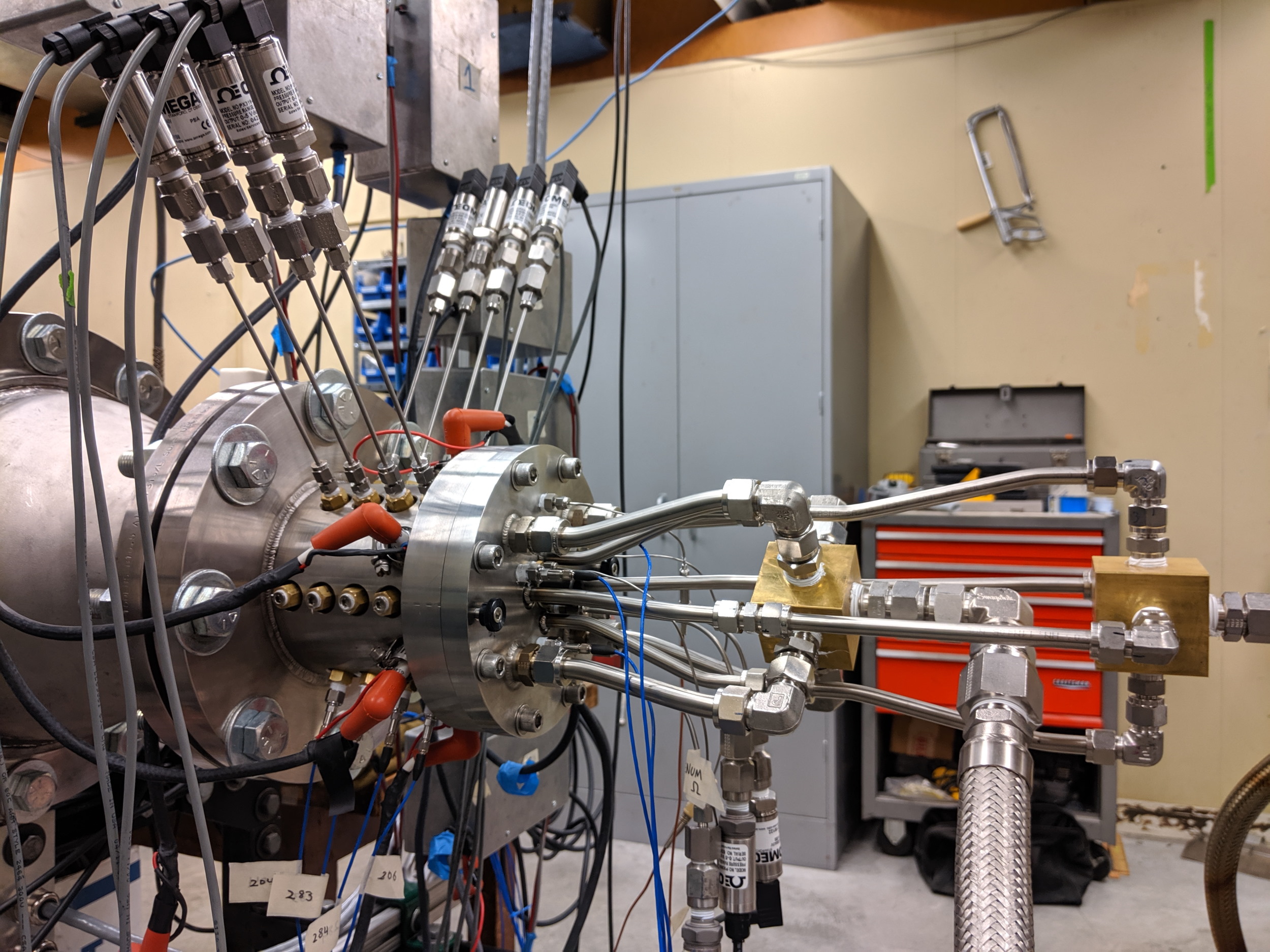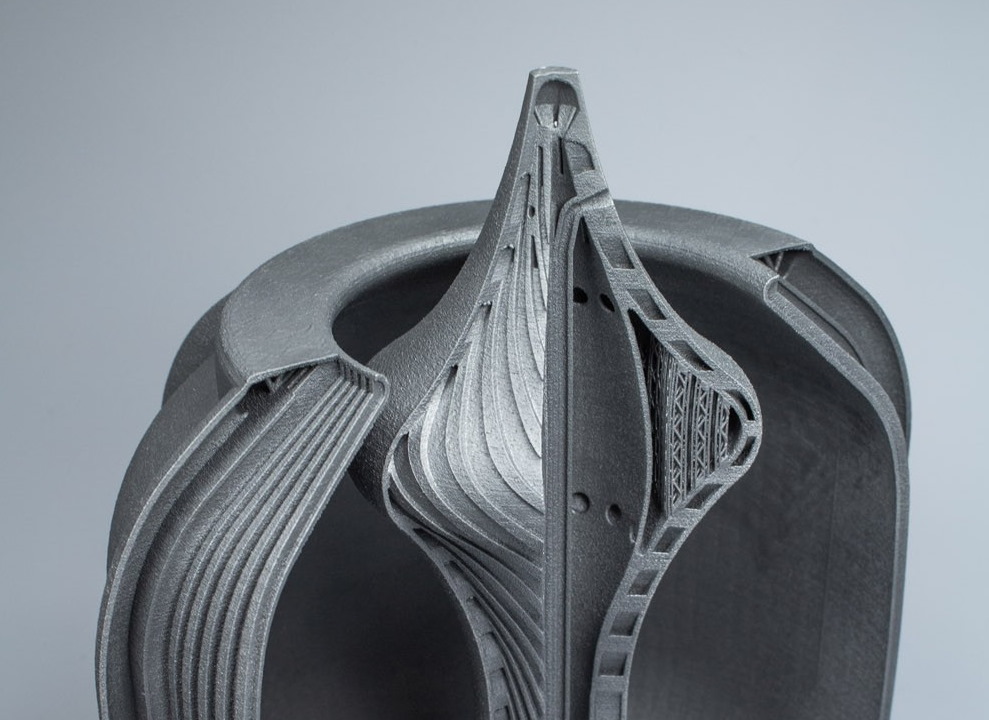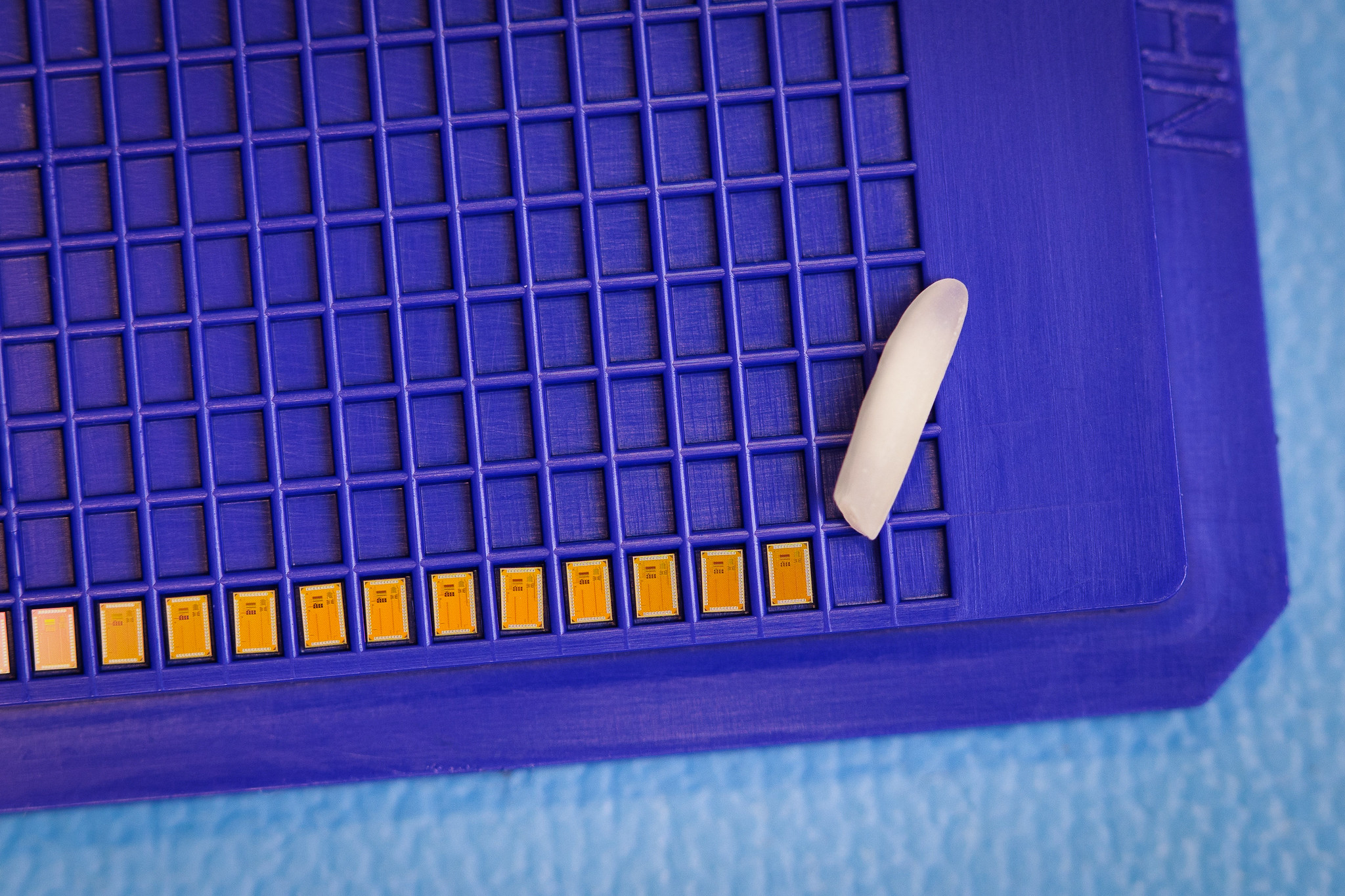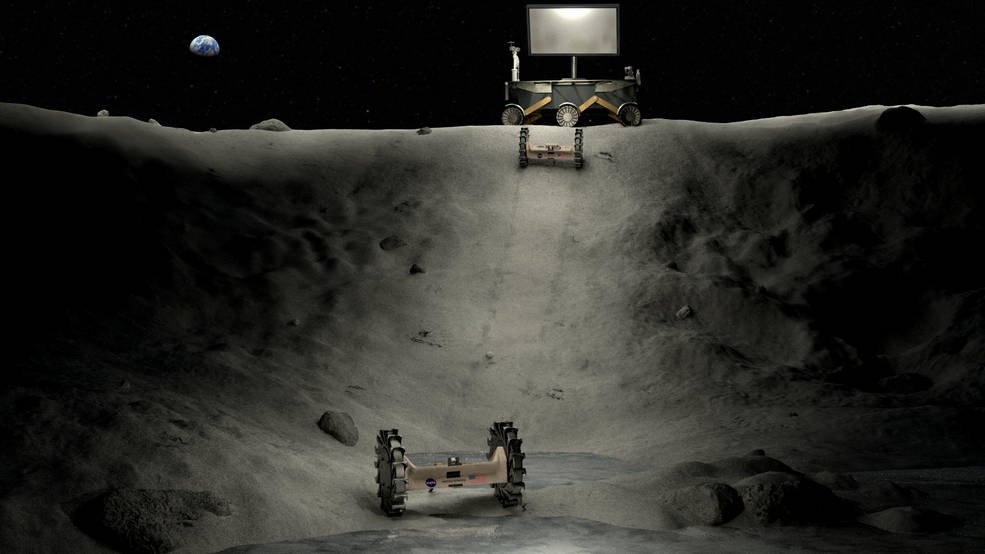I see far more research articles than I could possibly write up. This column collects the most interesting of those papers and advances along with notes on why they may prove important in the world of tech and startups.
This week: advances in rocketry, machine learning, wireless transmission and more.
Firing up new rockets
In some ways, rocketry is not so different from its beginnings around WWII, but as other bottlenecks give way it is becoming feasible to experiment with truly innovative types of rocket engines. One such type is the rotating detonation engine, an alternative to the standard means of controlling and directing the combustion that creates thrust. The process is highly chaotic, however, and not well understood enough to control properly.

University of Washington researchers set up a test rotating detonation engine and studied the combustion patterns inside using an ultra-high-speed camera. The footage was analyzed to produce the first mathematical model simulating the process. It’s still at a very early stage but understanding the mechanism of a new technology like this is necessary before putting it into practice. When packaged in software, this type of simulation can also be licensed to aerospace firms. You can read the full paper here.
Another rocketry advance comes from the field of 3D printing, where the Fraunhofer Institute for Manufacturing Technology and Advanced Material has achieved a couple of industry firsts.

The German R&D outfit used a metal additive manufacturing technique to put together the nozzle of a rocket engine. But unlike those built by Relativity Space, this one is an “aerospike.” This type of engine uses a carefully-shaped central column to control and speed up the flow of exhaust to increase thrust and efficiency. They’ve never been 3D printed before, but Fraunhofer’s team not only made one, they performed a 30-second burn, another first. Rapid iteration of this type of rocket could accelerate its adoption in aerospace.
Speeding up soft 3D printing
Not all additively manufactured objects must be hard, though: Swiss researchers at EPFL have come up with a new technique for printing small, soft objects in just seconds. Instead of setting down or hardening the object layer by layer, the medium is spun in place as shines into it, solidifying the piece more or less all at once. The results are detailed, robust, and, for now, quite tiny. The most interesting applications of this tech are more in biotech, where layer-based printing isn’t ideal in many situations.
Ultra-efficient Wi-Fi using backscatter
Wireless transmission is one of the few tasks that internet of things devices must do fairly regularly, so to keep cost and size down, it’s best to make it as efficient as possible. Engineers at UC San Diego have created a method for reducing the energy cost of Wi-Fi transmission by, they claim, a factor of 5,000 or so. Oh, and the chip is tiny. Here are a bunch next to a grain of rice:

These chips use a “backscatter” technique, which essentially recycles incoming Wi-Fi signals (say, from a powerful wireless router) into far less-powerful outgoing signals. Range and power is limited, but for smart home stuff, that’s not such a big problem. More importantly, the team demonstrated two-megabit streams at the microwatt scale of power consumption, more than enough for media like security cameras and audio streaming. It’s a ways from commercialization, but combined with ultra-high-efficiency machine learning algorithms like Xnor’s (recently acquired by Apple for $200M), this could open up new classes of super-small, battery-free devices.
Blockchain x JPEG
Applications of blockchain tech aren’t hard to find, but it’s notable when you see the term alongside something as fundamental as JPEG.
The Joint Picture Encoding Group is organizing a discussion at its upcoming meeting in Sydney about combining distributed ledger technology and presumably JPEG-type encoding to enable “transparent and trustable media transactions.” This could affect disinformation, media forensics, licensing and lots more — but it’s just a twinkle in the group’s eye right now.
Exploring the dark parts of the moon

NASA returning to the moon is a perennially exciting topic, and it’s nice to see the agency engage student engineers in its efforts. Eight university teams split nearly $1 million in grants to pursue ideas for exploring and analyzing areas of the lunar surface that are permanently darkened and therefore inaccessible to solar-powered instruments and vision-based navigation. Several student projects involve laser power transmission, which suggests NASA is highly interested in that field.
AI-ntibiotics
Lastly, the news that MIT researchers used machine learning to essentially create a new antibiotic got a lot of coverage from mainstream news.
It’s a stunning advance but also one that needs to be placed in context — the intersection of data science, machine learning and biotech is a very productive one. I’ll be publishing a Q&A with the researchers next week on their work and how the field of bioinformatics and AI are changing.
